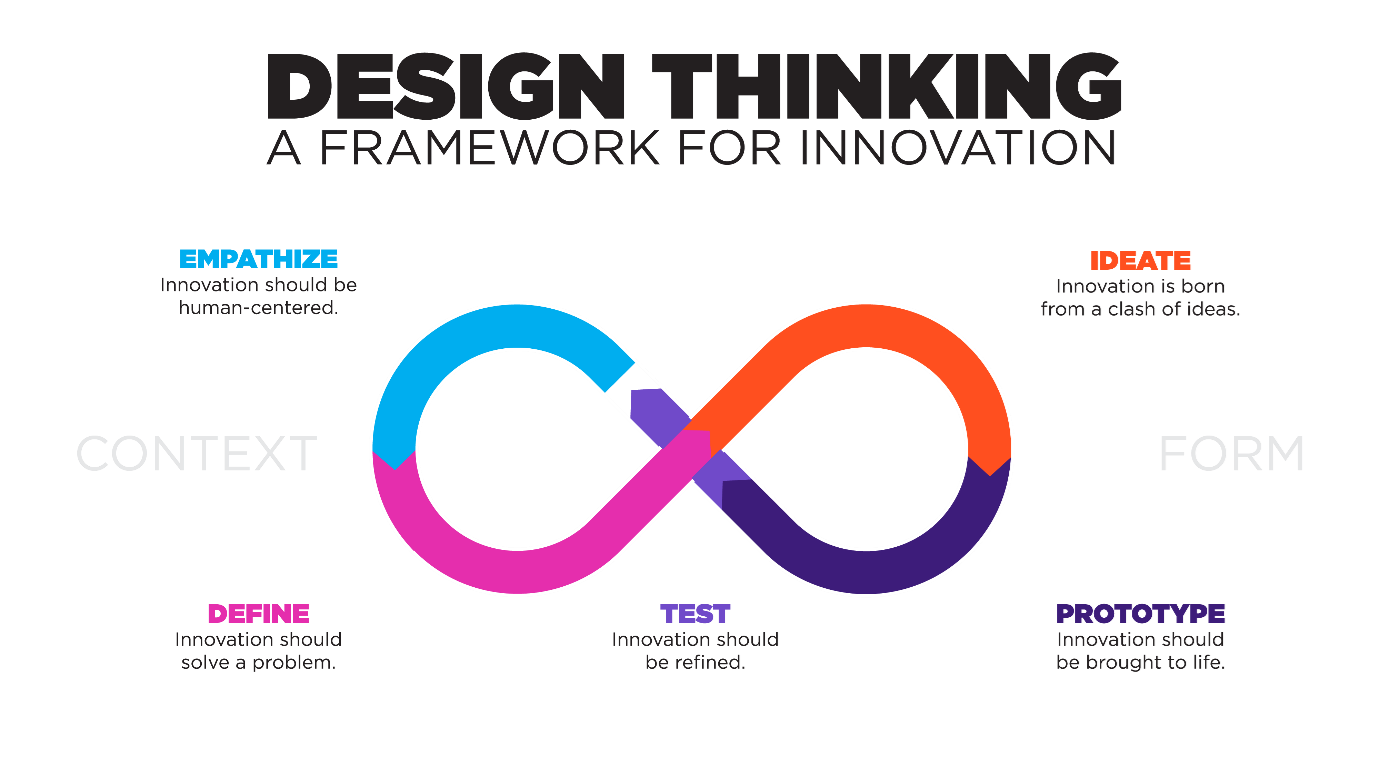A Quick Guide for Business Analysts
Most organizations look at innovation through the lens of feasibility.
They ask: What can be built? How can we leverage a specific technology? What are the constraints of this solution? Is it scalable?
While feasibility is important, shifting the focus to desirability can be a game-changer.
Begin by asking: Who is the user? What do they want? Why do they want it? Why is there a need for a solution? How does the proposed solution solve their problems?
If you are a business analyst looking at prioritizing customer needs above everything else and looking at solving problems creatively, empathetically, and iteratively, incorporating design thinking into your requirements elicitation processes can make a big difference in your product development approach.
Design Thinking is a human-centered methodology that starts with users' perspectives to drive innovation.
The traditional requirements elicitation process often focuses solely on gathering functional specifications, missing out on critical user needs and experiences.
When Design Thinking is applied to requirements elicitation, it brings about empathy for end-users. It fosters a deeper understanding of users' desires and challenges (gaining insights into their behaviors, pain points, and motivations). This results in more robust and user-centric solutions.

The process typically begins with empathizing with users. There are several techniques that business analysts can use during this phase, such as conducting interviews, making observations, and engaging in conversations to understand user experiences. For instance, observing how users interact with existing systems or prototypes with empathy is powerful as it can uncover existing issues that the user didn't know or couldn't verbalize and can give insights into how the solution can be made more user-friendly. By delving into users' perspectives, Business Analysts can uncover implicit requirements that might not surface through traditional questioning methods.
The next step is to define the problem by thinking about the difficulties that nag users and gathering your observations from the first step. Design thinking encourages looking at problems from a user's angle rather than just relying on stakeholder descriptions of issues. This can bring about deeper perspectives and help in addressing challenges. Tools like journey mapping or persona creation during elicitation will help visualize and empathize with user experiences and identify critical requirements.
Problem definition is followed by ideation, where BAs use brainstorming, mind mapping, rapid prototyping, etc., to generate ideas. The involvement of cross-functional teams in this phase helps in coming up with a bunch of different ideas and diverse perspectives to create innovative solutions. Design thinking thus fosters a free-flowing, non-judgmental environment that encourages creativity.
The ideas that are generated in the above phase are then transformed into tangible representations using prototypes. Prototypes are not meant to be perfect; they instead allow for quick and low-cost validation of concepts.
Testing then forms an integral step where BAs gain invaluable feedback that helps in refining requirements.
Prototyping and testing are done iteratively to come up with the final requirements that align closely with user needs and preferences.
Design thinking in requirements elicitation thus promotes a mindset of continuous improvement where the team refines requirements iteratively and embraces failure during the learning process to develop a product that genuinely addresses user needs.
Nevertheless, it comes with challenges, such as the need for a team open to new ideas, willing to collaborate, iterate, etc. The BA should also set aside their assumptions and biases to gain insights into the users and their needs. Activities such as user research and prototyping also call for dedicated time and may not align with strict project deadlines.
In short, to create meaningful innovations, a BA needs to know the end users and care about their lives. When a BA dons the hat of a designer, (s)he needs to understand the people they are solving it for and the problem they are trying to solve. Identifying user pain points, motivation, interests, needs, and fears helps in moving beyond the core problem, finding out what's important to them, and finding out about their lives.
Incorporating design thinking into requirements elicitation processes thus enhances the quality of solutions by placing users at the core of the development cycle. It helps in coming up with solutions that are not only functional but also intuitive and user-friendly. Even though there would be some initial hurdles and challenges, the whole process will ultimately result in the development of successful and impactful products.
To conclude, design thinking helps in empathizing better with people, creating value for them, and bringing success to ventures faster.
You May Also Like
These Related Stories

ECBA Training in Canada | Success Guaranteed | 700+ ECBAs

CBAP Training in India | Success Guaranteed | 900+ CBAPs


No Comments Yet
Let us know what you think